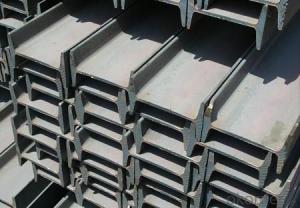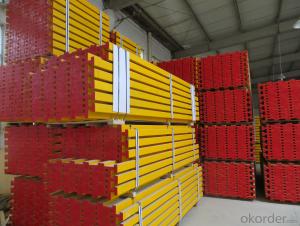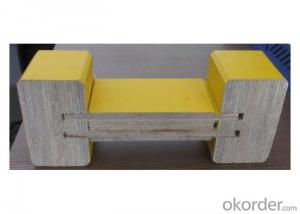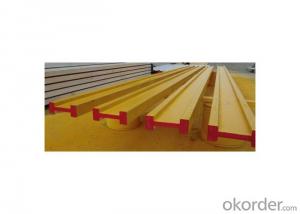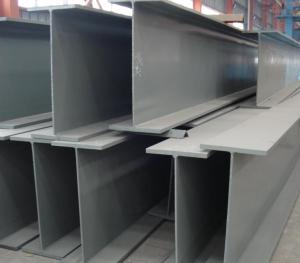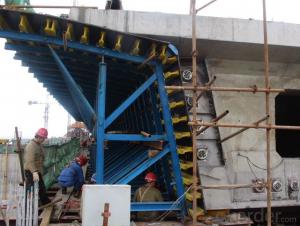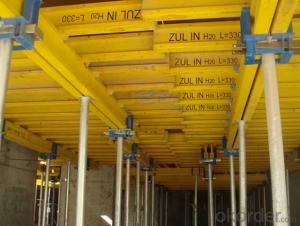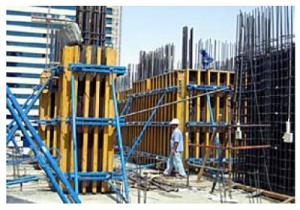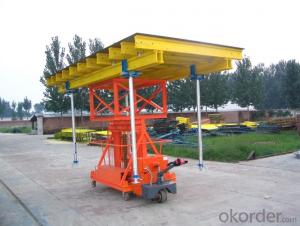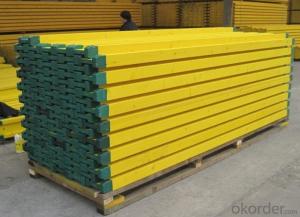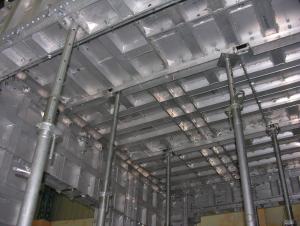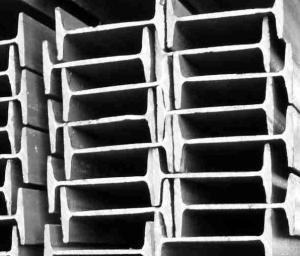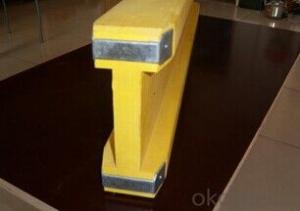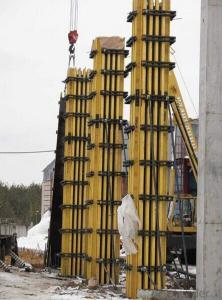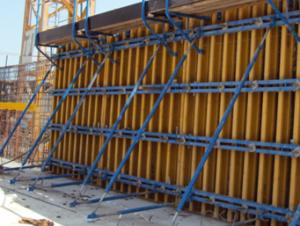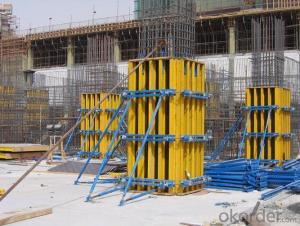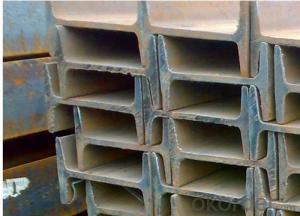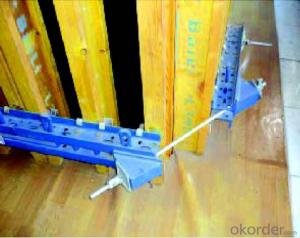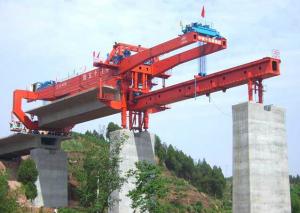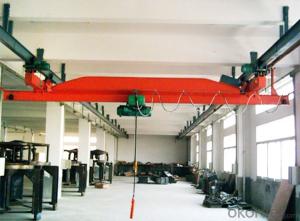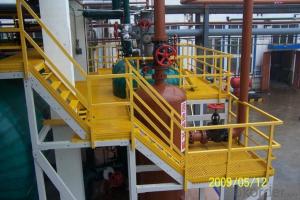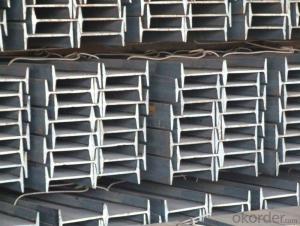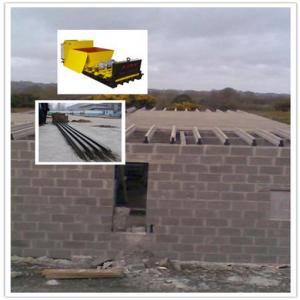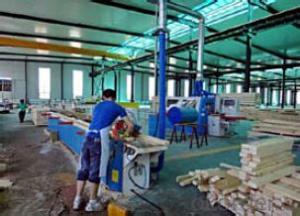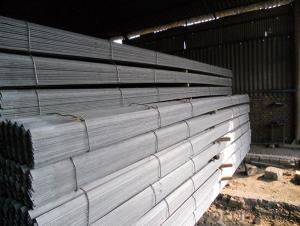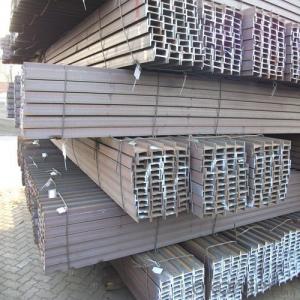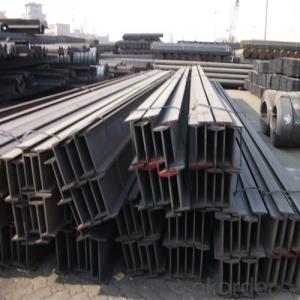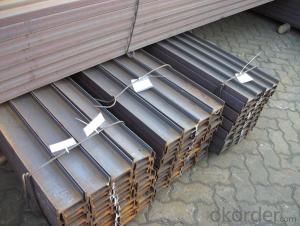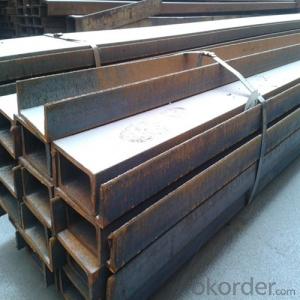Aluma Beam
Aluma Beam Related Searches
L Beam Steel Steel Lockers Durban Steel Gerter Aluminium H Beam Aluma Beam Capacity Bosch Beam Wiper Blades Kanye West Snl Ultralight Beam Ultralight Beam Kanye Snl Waler BeamHot Searches
Quick Form Scaffolding For Sale Buy Wood Screws Heated Wood Floors Cost Wood Trim Suppliers Alice In Chains Store H Type Scaffolding Electricity Generation By Fuel TypeAluma Beam Supplier & Manufacturer from China
Okorder.com is a professional Aluma Beam supplier & manufacturer, offers integrated one-stop services including real-time quoting and online cargo tracking. We are funded by CNBM Group, a Fortune 500 enterprise and the largest Aluma Beam firm in China.Hot Products
FAQ
- Some common challenges in erecting steel I-beams on-site include the need for heavy machinery and equipment to lift and position the beams, ensuring the proper alignment and levelness of the beams, coordinating with other trades and contractors to ensure a smooth installation process, and addressing any unexpected site conditions or obstacles that may hinder the installation process. Additionally, safety considerations and adherence to building codes and regulations are important factors to consider during the installation of steel I-beams.
- No, steel I-beams are not typically used for utility pole supports. Utility poles are usually supported by wooden or concrete poles that are specifically designed and engineered for the purpose, as they offer better flexibility, durability, and electrical insulation properties.
- Steel I-beams are commonly used in construction projects due to their strength and stability. The installation process of steel I-beams involves several steps. Firstly, the structural engineer determines the appropriate size and length of the I-beam required for the specific project. The I-beams are then ordered from a manufacturer based on these specifications. Once the I-beams are delivered to the construction site, a crane is typically used to lift and position them into place. A crew of skilled workers, including ironworkers, riggers, and crane operators, work together to carefully maneuver the I-beam into position. In many cases, the I-beams are bolted or welded to the supporting columns or foundation. This ensures a secure and stable connection. The use of high-strength bolts or welding techniques depends on the specific design and requirements of the project. Before the final installation, the I-beams are aligned and leveled to ensure they are in the correct position. This is crucial for the overall structural integrity of the building. During the installation process, safety measures are of utmost importance. Workers wear protective gear and follow strict safety protocols to prevent accidents and injuries. In summary, steel I-beams are installed in construction projects through a combination of careful planning, skilled labor, and the use of cranes. The beams are typically bolted or welded to the supporting structure to ensure a strong and stable connection. Safety measures are always prioritized to ensure a successful and secure installation process.
- Transporting and storing steel I-beams requires careful planning and adherence to safety guidelines. Here are the steps involved in transporting and storing steel I-beams: 1. Choose the appropriate mode of transportation: Steel I-beams are typically transported by flatbed trucks or trailers. Ensure that the vehicle used is capable of safely carrying the weight and size of the I-beams. 2. Secure the I-beams for transportation: Before loading the I-beams onto the vehicle, ensure that they are properly secured to prevent any movement during transit. Use sturdy straps, chains, or clamps to secure the I-beams to the flatbed, ensuring they are evenly distributed and balanced. 3. Calculate weight restrictions and adhere to regulations: Check the weight restrictions and regulations for transporting goods in your region. Ensure that the total weight of the I-beams, together with the vehicle and any additional equipment, falls within the permissible limits. 4. Arrange for specialized equipment if needed: If the I-beams are too long or heavy to be loaded or unloaded manually, you may need to arrange for specialized equipment such as cranes or forklifts. Ensure that the equipment is suitable for the weight and size of the I-beams. 5. Store I-beams in a controlled environment: If you need to store the I-beams for an extended period, it is important to protect them from environmental factors that could cause corrosion or damage. Store them in a covered, dry area to prevent exposure to rain, snow, or excessive humidity. 6. Properly stack and support the I-beams: When storing I-beams, stack them in a way that ensures stability and prevents any bending or warping. Use wooden or steel pallets to support the I-beams and distribute the weight evenly. 7. Regularly inspect and maintain stored I-beams: Periodically inspect the stored I-beams to ensure they remain in good condition. Check for any signs of corrosion, damage, or deformation. If any issues are detected, take appropriate measures to prevent further deterioration. Remember, it is crucial to follow local regulations and safety guidelines when transporting and storing steel I-beams. Consulting with professionals or experienced individuals in the steel industry can provide valuable insights and guidance for a safe and efficient process.
- Yes, steel I-beams can be used for architectural feature elements. Their strong structural properties and versatility make them suitable for various architectural designs and applications, including creating visually appealing and functional features like exposed beams, columns, and trusses.
- Yes, Steel I-Beams can be used for outdoor structures like pergolas. They are known for their strong and durable nature, making them suitable for supporting the weight of pergola roofs and withstanding outdoor elements such as wind and rain. Additionally, steel I-beams provide a modern and sleek aesthetic to the structure.
- Yes, steel I-beams are commonly used for industrial warehouses due to their high strength and load-bearing capacity. They provide structural support and can withstand heavy loads, making them ideal for large-scale industrial buildings.
- Yes, steel I-beams are highly resistant to corrosion. They are typically made from a type of steel known as carbon steel, which contains a high amount of carbon and other elements that enhance its corrosion resistance. Additionally, steel I-beams can be further protected from corrosion by applying coatings such as galvanization or painting. These coatings create a barrier between the steel surface and the surrounding environment, preventing moisture and other corrosive elements from coming into direct contact with the steel. As a result, steel I-beams are commonly used in construction projects where corrosion resistance is essential, such as in the construction of bridges, buildings, and other structures exposed to harsh environments.
